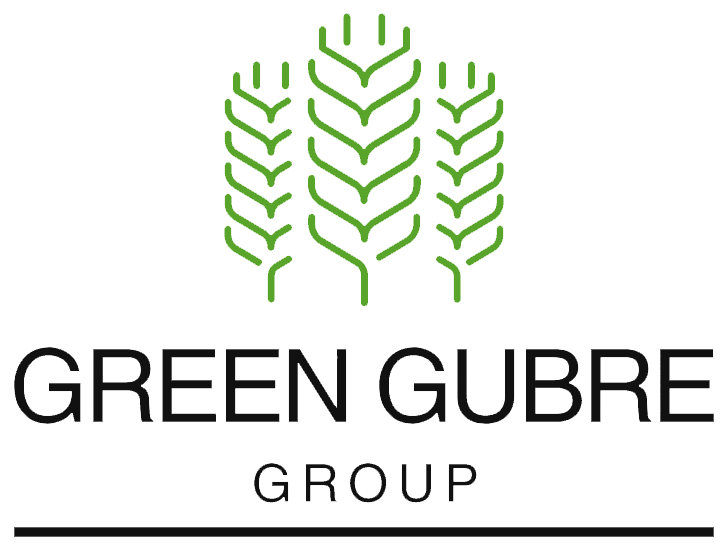Micronutrient Fertilizers – Small Elements, Big Impact on Yield
Micronutrient
Fertilizers – Small Elements, Big Impact on Yield

Introduction: The Hidden Limitation in Crop Productivity
While nitrogen, phosphorus, and potassium (NPK) often dominate discussions about fertilizers, crops also require essential micronutrients in trace amounts to function optimally. Zinc, iron, manganese, boron, copper, and molybdenum—though needed in small doses—are critical for plant metabolism, enzyme activation, and hormone regulation. Micronutrient deficiencies are increasingly recognized as a yield-limiting factor in intensive and marginal farming systems, especially under monocropping, sandy soils, or high pH conditions.
As agriculture intensifies and soil health degrades, correcting micronutrient imbalances is no longer optional—it’s essential for unlocking full crop potential.
🔗 FAO – Micronutrients in Crop Production
1. What Are Micronutrient Fertilizers?
Micronutrient fertilizers provide essential elements required in parts per million but critical to plant function. These can be supplied as:
- Inorganic Salts (e.g., zinc sulfate, ferrous sulfate)
- Chelated Forms (e.g., EDTA, DTPA chelates for Fe, Zn, Mn, Cu)
- Liquid Micronutrients for foliar application or fertigation
- Blended NPK with Added Micronutrients
Micronutrient demand varies by crop and growth stage. For example:
- Zinc: Needed for seedling vigor and auxin synthesis (especially in rice, maize, and wheat)
- Boron: Key for flowering and fruit set (important in tomatoes, grapes, and cotton)
- Iron & Manganese: Vital for photosynthesis, especially in high pH or calcareous soils
2. Identifying Deficiencies and Their Impact
Micronutrient deficiencies are often invisible until irreversible damage has occurred. Common symptoms include:
- Zinc Deficiency: Stunted growth, delayed maturity, interveinal chlorosis in maize or rice
- Iron Deficiency: Yellowing in young leaves (common in citrus and soybean)
- Boron Deficiency: Poor fruit set and hollow stems in vegetables
Deficiencies are most common in:
- Sandy or intensively cropped soils
- High pH or calcareous soils
- Cold or waterlogged soils
- Soils with high phosphorus applications, which inhibit Zn uptake
Accurate diagnosis through
soil testing and
tissue analysis is crucial for effective corrective action.
3. Application Methods: Soil, Foliar, Fertigation
Micronutrients can be delivered through various methods:
- Soil Application: Granular or powdered form blended with base fertilizers
- Foliar Spray: Fast correction of acute deficiencies (e.g., Fe or B)
- Fertigation: Soluble chelates used in greenhouse or drip-irrigated systems
- Seed Treatment: Coating seeds with zinc or molybdenum to improve early vigor
Chelated forms are more stable and bioavailable in alkaline soils, while sulfates are more cost-effective for acidic soils.
4. Global Adoption and Market Trends
Micronutrient fertilizer use is on the rise due to:
- Declining Soil Quality: Continuous cropping without replenishment
- Export-Oriented Horticulture: Demands for consistent size, color, and shelf life
- Biofortification Programs: Zinc- and iron-enriched grains for human nutrition
- Government Support: Subsidies and micronutrient mandates in India, China, and parts of Africa
The global market for micronutrient fertilizers is expected to reach $10.5 billion by 2028, growing at a 7–8% CAGR.
🔗 MarketsandMarkets – Micronutrient Fertilizer Market Forecast
5. Green Gubre Group – Supporting Balanced Crop Nutrition
At Green Gubre Group, we understand the power of small nutrients in driving significant results. Our portfolio includes:
- Chelated micronutrient blends tailored to crop and region
- Zinc, boron, iron, and manganese in both powder and liquid forms
- Custom micronutrient-enriched NPK blends
- Training and diagnostics for deficiency identification and correction
Partner with us to ensure your crops don’t just grow—they thrive, with balanced, complete nutrition for every stage of development.




